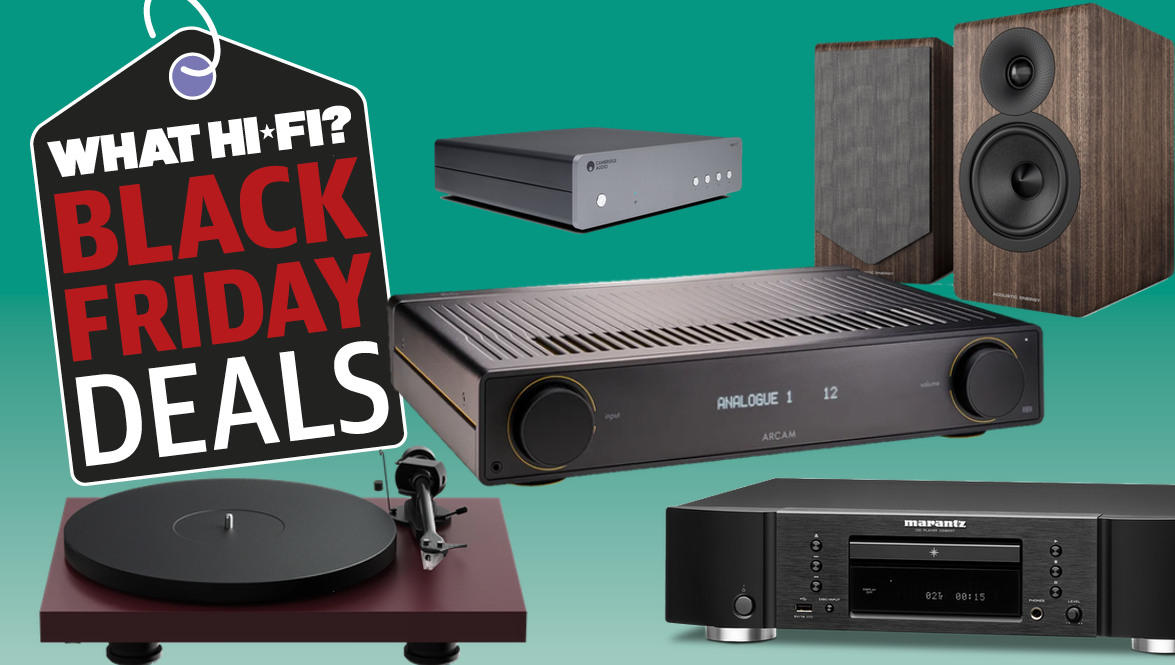Dali Kupid vs Wharfedale Diamond 12.1: which five-star bookshelf speakers are better?
Two excellent affordable options – but which should you buy?
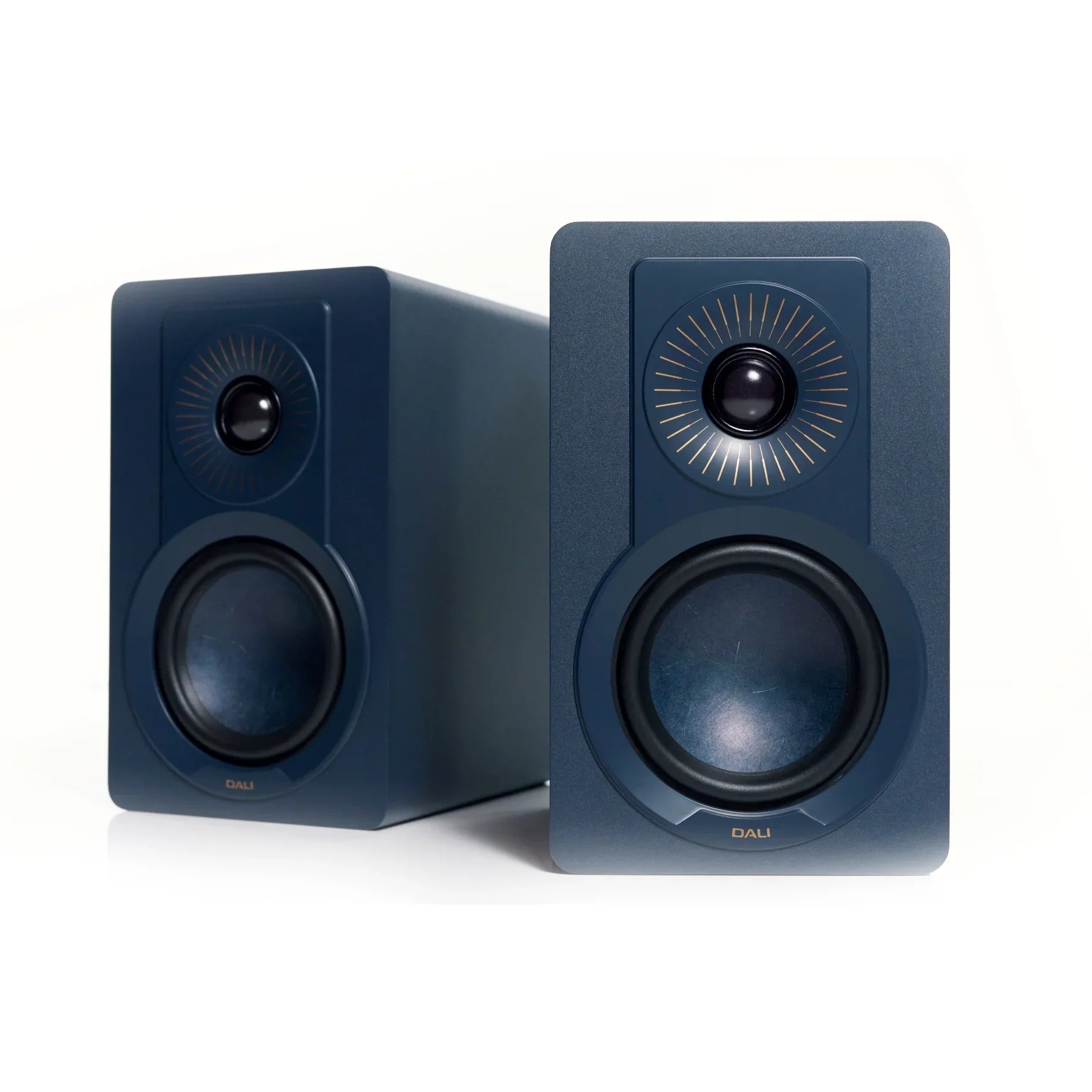
Sensitivity: 83dB
Impedance: 4 ohms
Dimensions (hwd): 23.7 x 14 x 19.5cm
Weight: 5.8kg (each)
Finishes: 5 (Black Ash, Caramel White, Dark Walnut, Chilly Blue, Golden Yellow)
The Kupid speakers' bright, colourful look reflects their lively performance – the sound is nimble and full of detail. Their bass doesn't go as deep as some, nor the soundstage as wide, but given their tiny size, that's a tradeoff many will be happy to make. Kupid, we're in love.
Pros
- Lively, entertaining and rhythmically agile
- Dynamic, detailed and punchy sound
- Compact, appealing design
- Flexible positioning
Cons
- Build quality feels quite “budget” compared with traditional rivals
- Low sensitivity rating
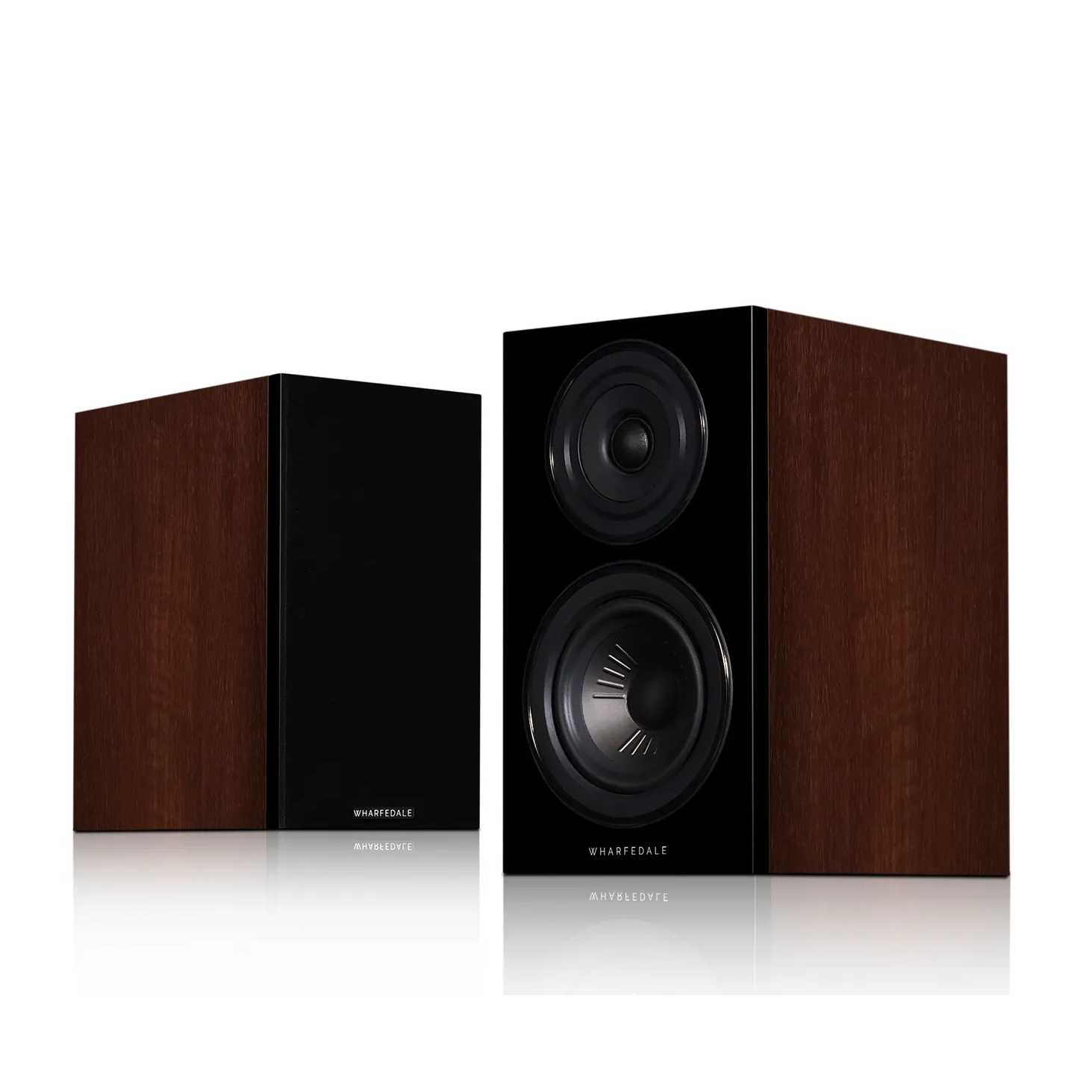
Sensitivity: 88dB
Impedance: 8 ohms
Dimensions (hwd): 31 x 18 x 28cm
Weight: 6.8kg (each)
Finishes: 4 (Black Oak, Light Oak, White Oak, Walnut Pearl)
Next to the Kupid, the Diamond 12.1 are the elder statesman of the budget bookshelf speaker market. Their look is more demure, the sound more refined, while the bass has more impact and they sound more spacious. But they can't quite match the Kupid in terms of dynamic subtlety and fun.
Pros
- Detailed but easy-going nature
- Fluid midrange
- Spacious soundstage
- Pleasing build and finish
Cons
- Smaller Dali speakers sound more dynamic and lively
If you thought hi-fi speakers were big, old fashioned and expensive, then you clearly haven't seen the Dali Kupid. These chirpy little boxes come in a range of cheerful colours, are compact enough to sit on a bookshelf and are very reasonably priced, too.
They also earned five stars in our review.
So you should just buy them, right? Not so fast. Because the Kupid is up against some stiff competition in the form of the Wharfedale Diamond 12.1. These speakers actually started life more than 40 years ago with the introduction of the original Diamond model. They have come a long way since then, of course, and offer a similarly compelling package.
Wondering which is more deserving of your hard-earned? Let's help you decide.
Price
Dali Kupid vs Wharfedale Diamond 12.1: price
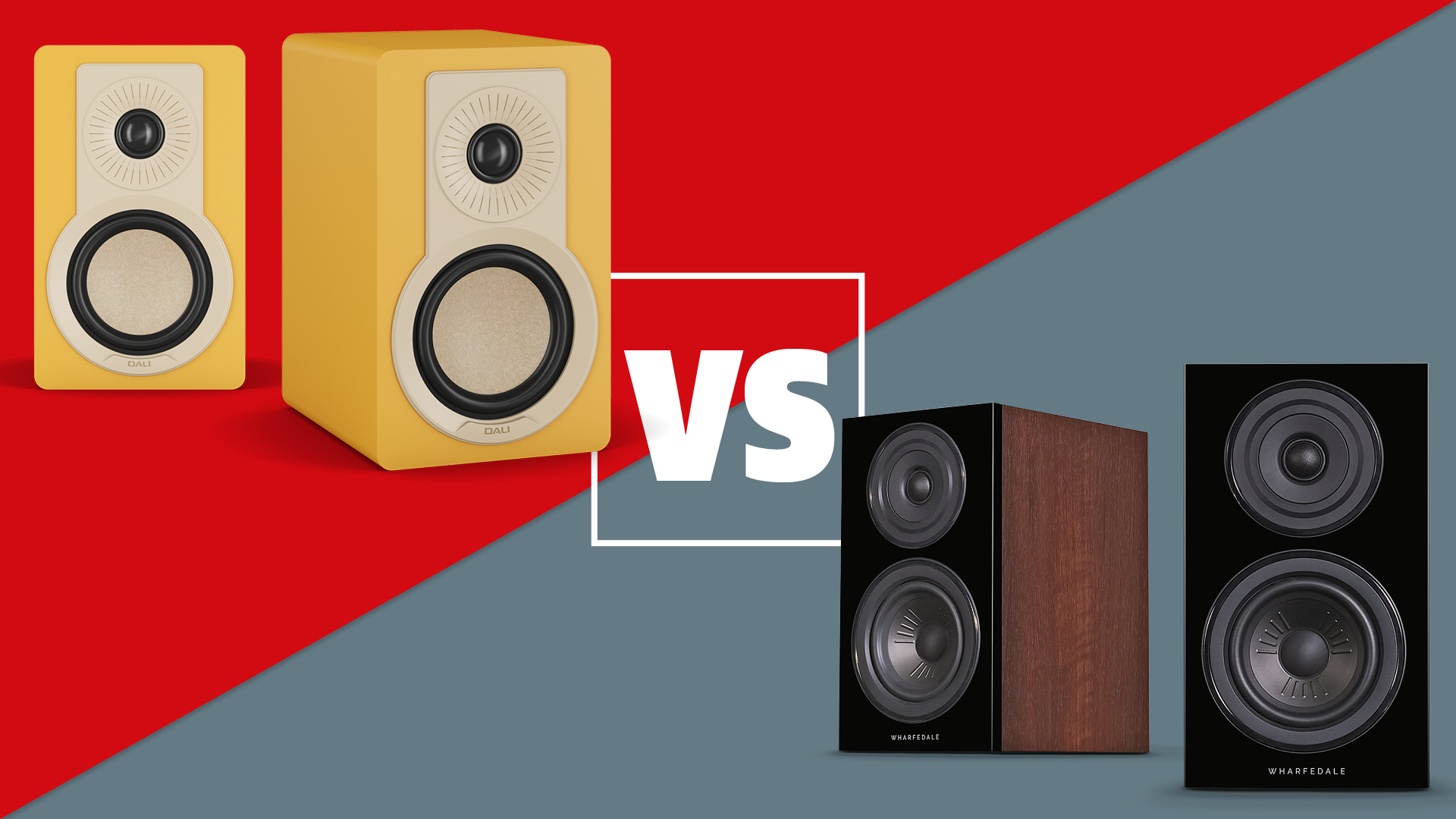
These two are very evenly matched in terms of price. The Dali Kupid is the newer of the two models, having launched in the summer of 2025 for £299 / $600 / AU$599. That's similar to the Wharfedale Diamond 12.1's price of £249 / $399 / AU$699.
But it really depends on which country you're in. The Wharfedales are cheaper in the UK and US, but more expensive in Australia. As the older of the two pairs (having launched in 2020), they are also more likely to be given a discount during a big sales event.
**Winner: Wharfedale Diamond 12.1**
The latest hi-fi, home cinema and tech news, reviews, buying advice and deals, direct to your inbox.
Build & design
Dali Kupid vs Wharfedale Diamond 12.1: build & design
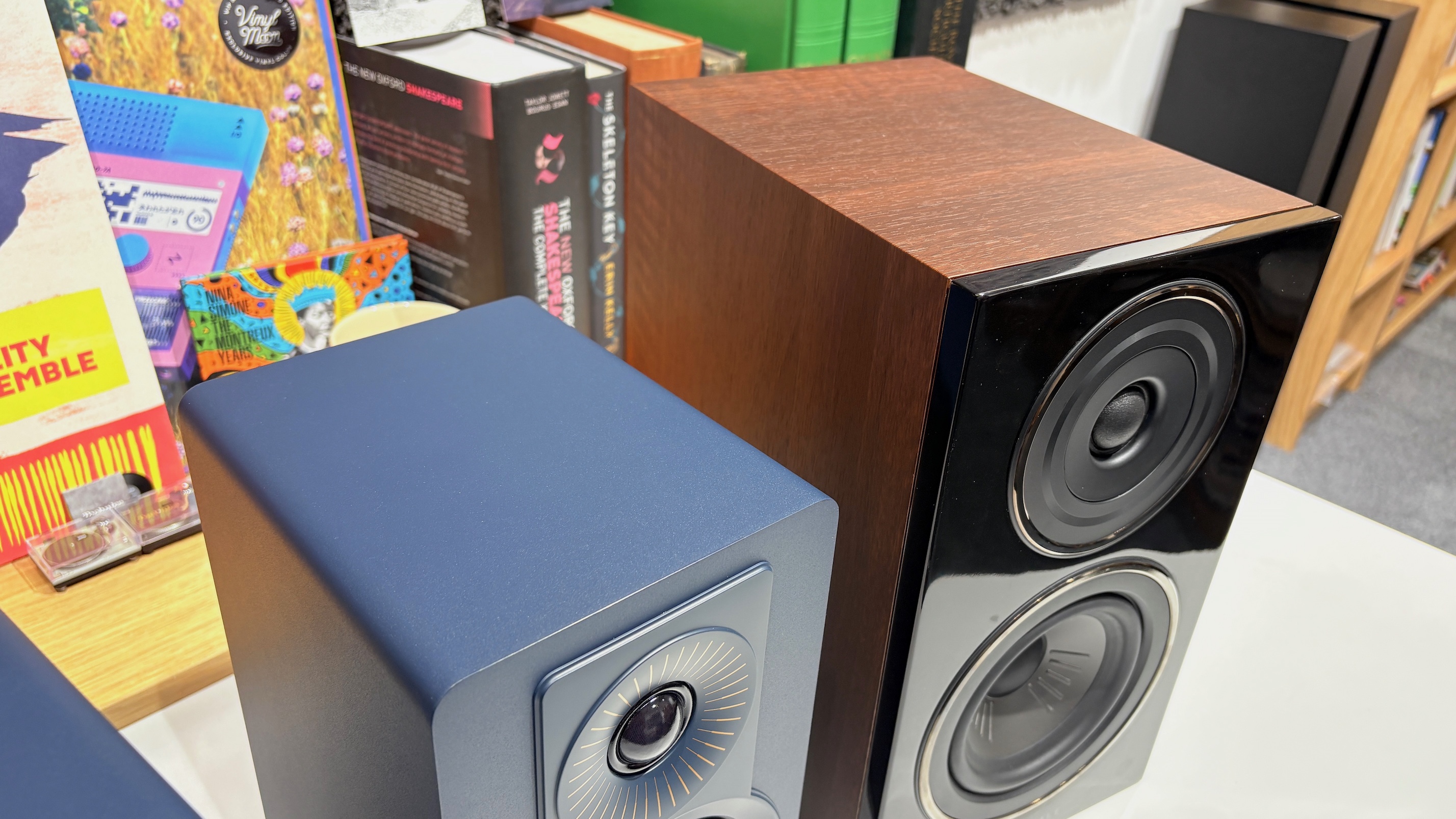
The Kupid is the smaller of the two designs, being shorter, narrower and less deep than the Wharfedale Diamond 12.1. This makes them more versatile in terms of placement, by simple dint of the fact that more surfaces will be able to accommodate a smaller speaker footprint.
They come ready for wall-mounting too, with wall brackets and fixing screws included in the box.
But of course it's the colours that are the most noteworthy aspect of the Kupid design. The two standout finishes are the “chilly blue” of our review unit and “golden yellow” which will bring a welcome pop of colour to even the drabbest of interiors.
But not all Kupids come in bold colours – the speaker also comes in more subtle shades of black, white or walnut. Whichever finish you choose, they each have the same starburst lines radiating from the tweeter (though these stand out more on some colourways than others).
Build quality is good, but the speaker is a bit lightweight and feels a little cheap compared with the Diamond 12.1, whose wood finish is sturdier and more refined. But then the Wharfedales are larger and look more traditional, which may not appeal to everyone.
Despite their many similarities, these speakers are pitched quite differently – the Dalis as younger and more accessible, the Wharfedales as the more traditional offering.
The Dalis use a 26mm “ultra-light” soft dome tweeter and an 11.4cm mid/bass driver made from a paper and wood fibre material that has long been used in Dali’s speakers. A “dual flare” reflex port at the back optimises airflow to maximise bass, while magnetic grilles protect the drivers.
The Diamond 12.1s are by no means massive, though, and they have been engineered to sound equally good whether placed into a room or up against a wall. So there's still plenty of versatility to their positioning.
The cabinet is reassuringly solid, and is made from differing thicknesses of MDF bonded together to control resonances, with strategic bracing added for good measure.
The 12.1s have a 13cm mid/bass driver with a polypropylene/mica composite cone material called Klarity, along with a rear-firing reflex port. There's also a 25mm textile-dome tweeter which aims for wide dispersion.
In terms of design, these speakers are apples and oranges, and which you prefer will depend very much on your needs and preferences.
**Winner: Draw*
Compatibility
Dali Kupid vs Wharfedale Diamond 12.1: compatibility
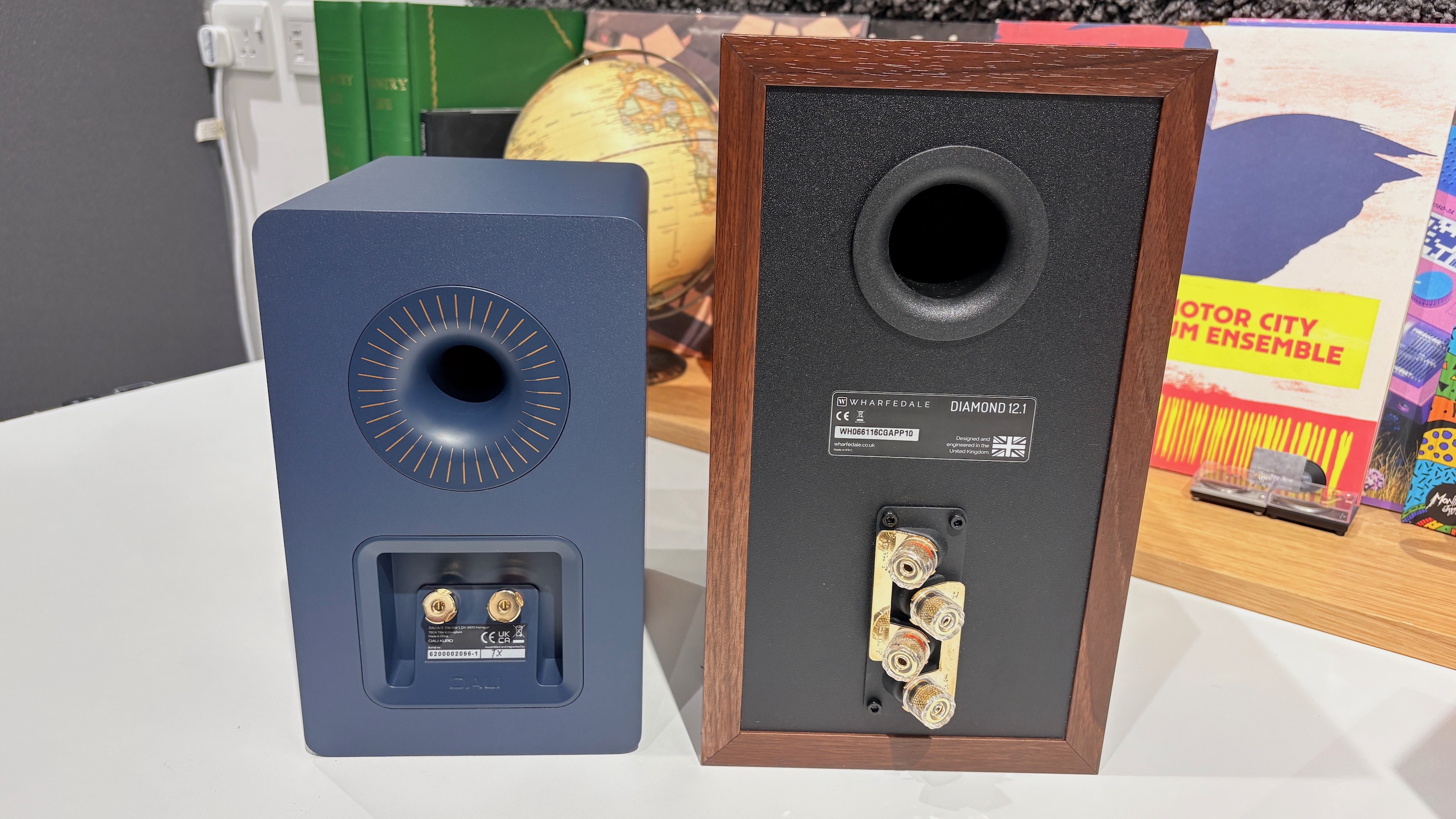
The Diamond 12.1s have the higher sensitivity of the two: 88dB to the Kupids’ 83dB. But it’s a tricky tightrope to walk – speakers at this level need to play nice with both micro systems and more demanding separate components. Both models fare well.
The Kupids are easy to drive with most amplifiers we partnered them with during testing, producing ample levels of volume. They do start to sound less convincing when pushed harder, but that's to be expected given their diminutive size and the fact that they are better suited to smaller rooms.
The Diamond 12.1s are similarly adept, whether we partner them with high- or mid-level equipment. They sound more confident and composed than most similarly priced rivals, with a presentation that is simultaneously bold yet refined. Very impressive.
**Winner: Wharfedale Diamond 12.1**
Sound quality
Dali Kupid vs Wharfedale Diamond 12.1: sound
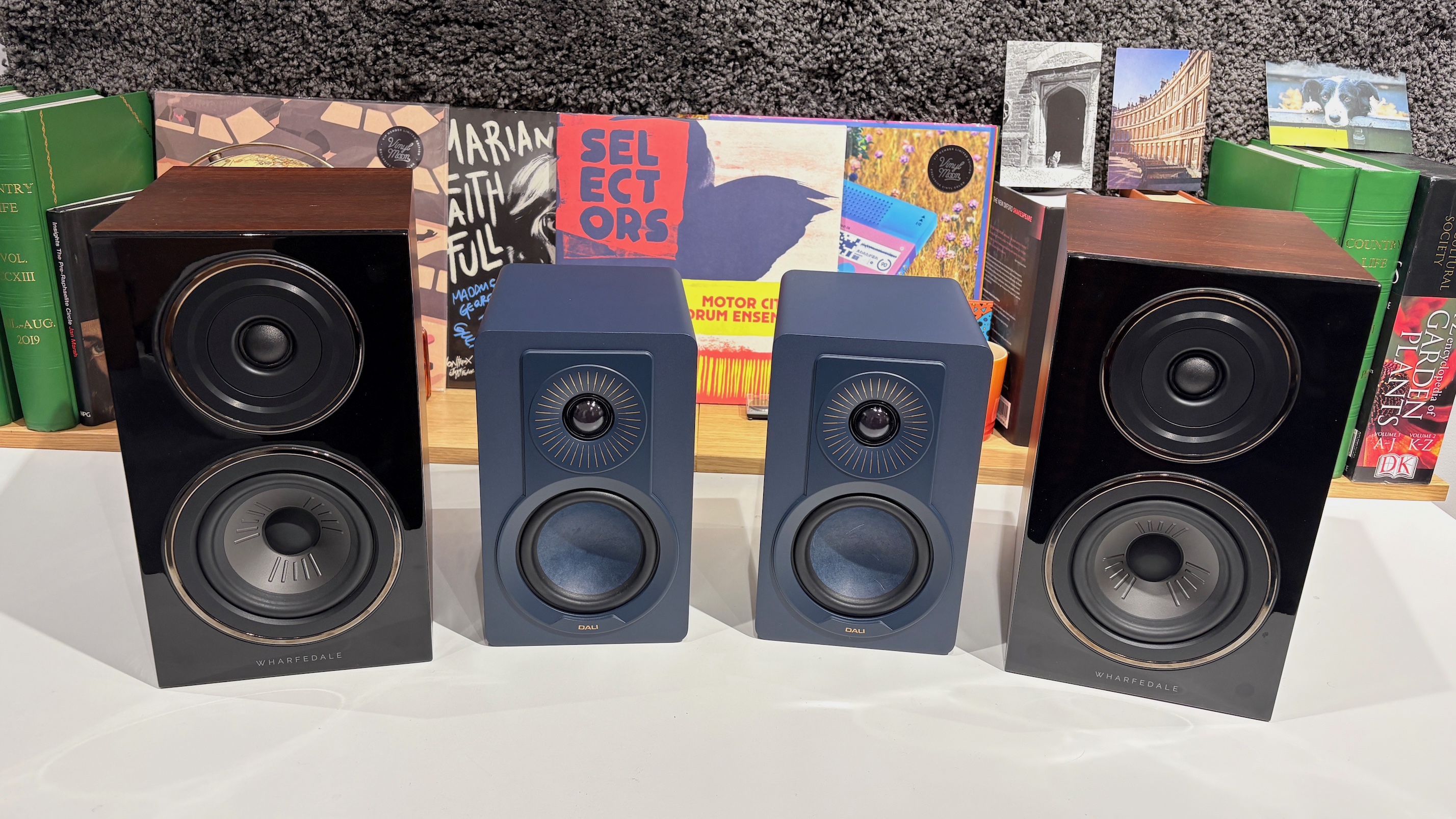
We'll start with the Kupids. They sound lively and full of get-up-and-go, which is appropriate given their bright and colourful design (we imagine they have a very sunny demeanour).
They don’t provide the deepest bass, nor the widest soundstage, but that’s to be expected given their small stature.
But what there is is very good indeed – well balanced, with a solid, expressive midrange and enough kick in the lower frequencies to keep your head nodding.
Basslines are tuneful and punchy, and dynamically, the Kupids deliver the ebbs and flow of tracks with conviction and deliver an exciting, involving presentation. Voices are delivered with delicacy and depth, and they sound clean and clear, too.
These speakers are also very agile, with a snappy sense of timing. “From Kendrick Lamar’s King Kunta to Tunng’s Didn’t Know Why to the KPop Demon Hunters soundtrack, the Kupid have a fleet-footed quality that zips along with all kinds of tracks in an engaging manner,” we say in our review.
The soundstage might not be as wide as some rivals’, but it does give instruments enough room to breathe, while also revealing subtler details that some speakers might miss. For example, you can hear the differences in pressure on the piano keys in Erik Satie’s Gnossienne No.1, which is deeply impressive for speakers at this price.
We never find ourselves getting bored listening to the Kupids, and they are adept at conveying the personality and tone of different recordings, too, which is lovely to hear.
The Diamond 12.1s are previous What Hi-Fi? Award winners, so you know they're going to put in a great performance.
And they do. “They dig up a pleasing amount of detail and manage to organise it in a cohesive and musical way, with easy to follow low-level musical strands and a presentation that doesn’t start to get confused when things get busy,” we say in our review.
They are tonally smooth, and never sound anything but balanced. They will expose sub-par recordings, but at the same time they don't over-egg proceedings – a vital quality at this price.
Again, the bass isn't as deep as with bigger speakers, but that's to be expected. However, they do deliver a larger, more spacious sense of scale and authority compared with the smaller Kupids.
The Diamond 12.1s also remain composed even when the music becomes more demanding, with a surefooted sense of rhythm.
So which sound better? Again, they're really different beasts. The Kupids have more pep in their step, and are the clearer and more enjoyable listen, while the Diamond 12.1s have the more spacious and refined presentation.
For us, the Kupid's sense of liveliness and greater dynamic ability gives them the edge.
**Winner: Dali Kupid**
Verdict
Dali Kupid vs Wharfedale Diamond 12.1: verdict
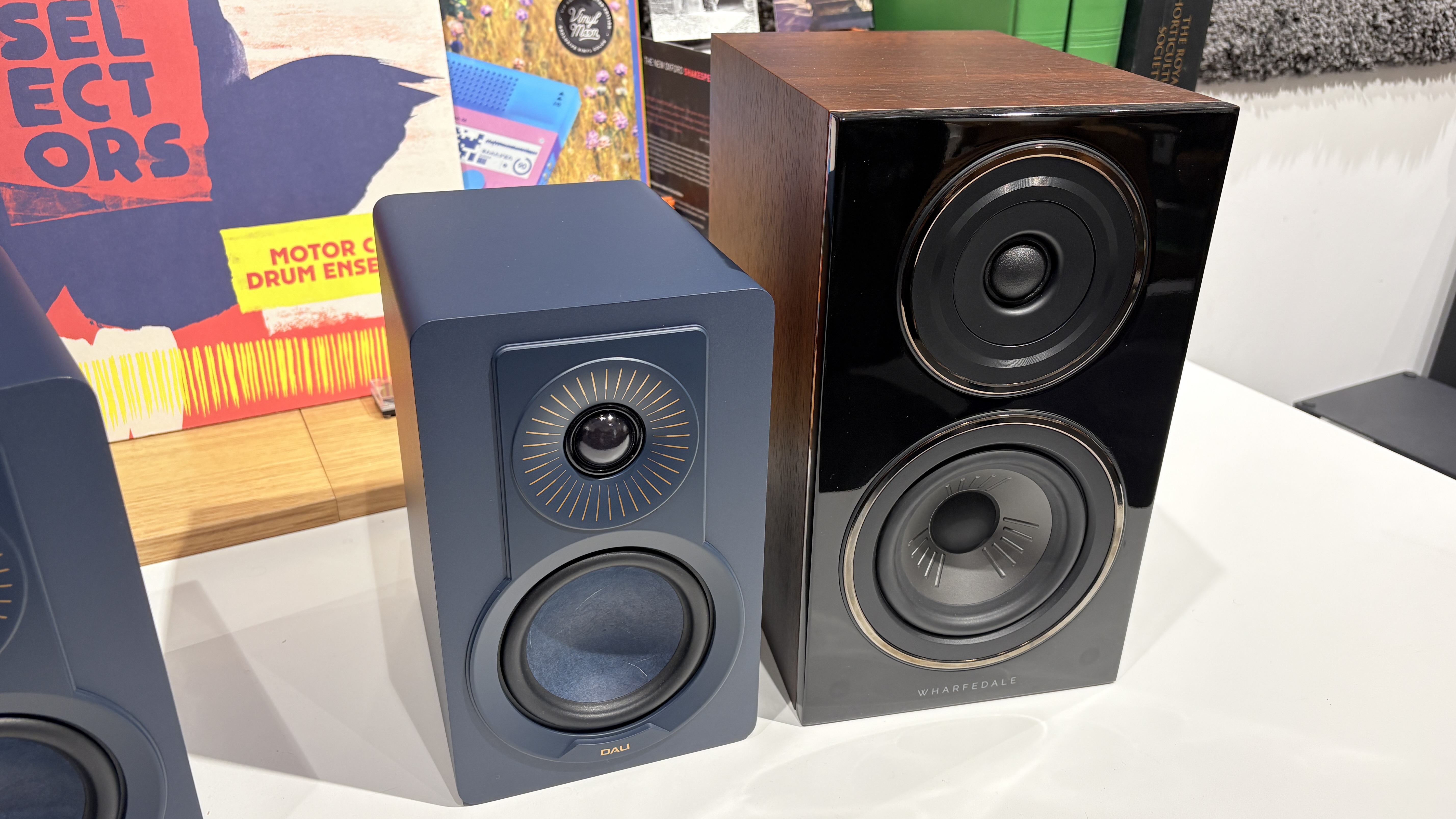
What a battle. With a heritage spanning back 43 years, the Diamond 12.1 standmounts remain highly recommended, while the bright and peppy Kupids are the new upstarts and have just won the 2025 What Hi-Fi? Award for best standmount speaker under £500.
Each is a fantastic budget option; it just comes down to what you want from a speaker.
If space is limited, and you want a bright and colourful design that is matched by its lively sonic character, go for the Dali Kupid. If you have a touch more room to play with, and you prefer a more mature and refined design, the Wharfedale Diamond 12.1 are for you.
Whichever you choose, we're sure you'll have many hours of happy listening.
**Overall winner: Dali Kupid**
MORE:
Read our Dali Kupid review
And our Wharfedale Diamond 12.1 review
These are the best bookshelf speakers around
Joe has been writing about tech for 20 years, first on staff at T3 magazine, then in a freelance capacity for Stuff, The Sunday Times Travel Magazine (now defunct), Men's Health, GQ, The Mirror, Trusted Reviews, TechRadar and many more. His specialities include all things mobile, headphones and speakers that he can't justifying spending money on.
- Kashfia KabirHi-Fi and Audio Editor
You must confirm your public display name before commenting
Please logout and then login again, you will then be prompted to enter your display name.

